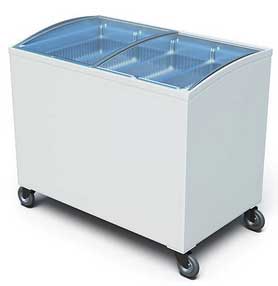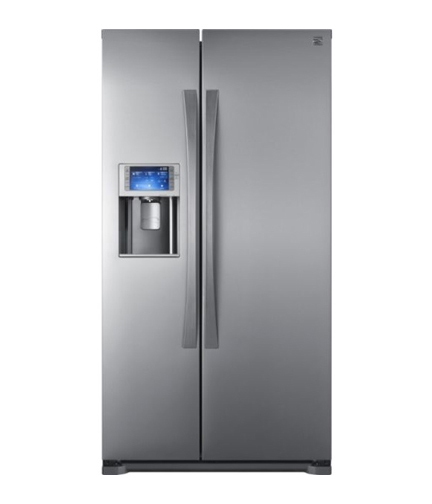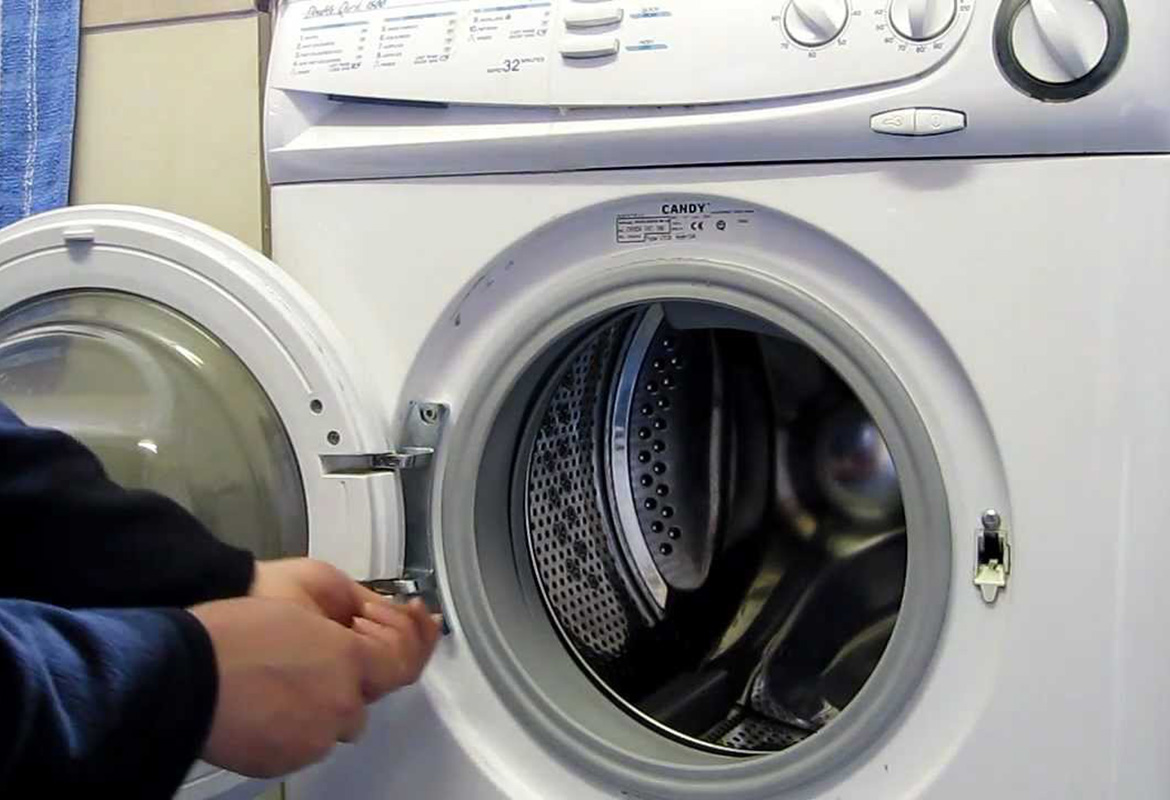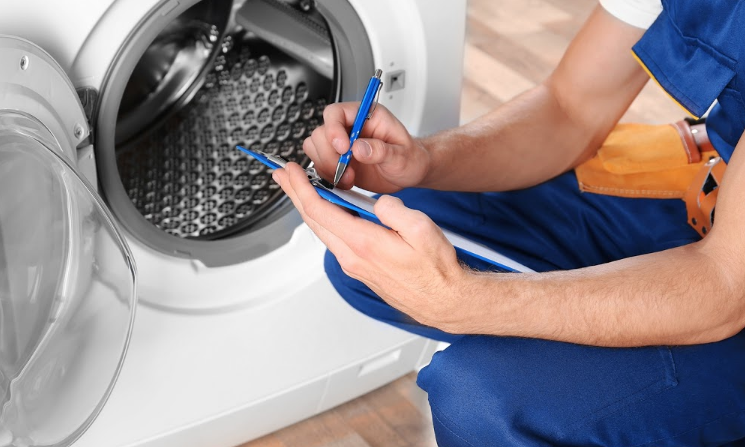

#Freezer repair professional#
If a malfunction occurs within these parts, call a professional service person. The condenser and evaporator coils and the compressor are sealed units on most refrigerators. In this case, the refrigerator must be defrosted, unplugged, and emptied before any servicing can be done. On some models, you can tip the refrigerator over and test and service parts from the bottom. This panel may be held by retaining screws, or it may slip up and off two side brackets. The unit may also have a front access panel below the door. To gain access to the lower section of the refrigerator, remove a service panel held by retaining screws at the back of the unit below the condenser coils. In most refrigerators, the shelves can be removed to allow access to some of the panels. Protruding controls may also serve as retainers for the various panel sections. These fasteners may be hidden by trim or molding in this case, pry off the trim or molding with a stiff-bladed putty knife. To gain access to the components in the upper section of the unit, remove the retaining screws or pry out the clips that hold plastic or metal panels over the parts. The motor, compressor, condenser coil, and condenser fan are located in the bottom section. The control components of a refrigerator are usually located in the top or upper section of the unit. After discharging the capacitor, you can proceed with the repairs. If the capacitor has three terminal posts, connect the resistor to one outer terminal and the center terminal, then to the other outside terminal and the center terminal.

Fasten the probes of the resistor to the terminals of the capacitor this discharges the capacitor. Step 3: To discharge the capacitor, use a 20,000-ohm, 2-watt resistor - an inexpensive wire unit available at most electrical supply stores. The capacitor is located in a housing on the top of the motor/compressor unit it looks like a large dry cell battery. Step 2: To gain access to the capacitor, remove the service panel over the back rear portion of the unit or the service panel on the front of the unit below the door, as detailed later for disassembly. Before you do any work on a capacitor-type refrigerator or freezer, you must discharge the capacitor, or you could receive a severe shock. Capacitors store electricity, even when the power to the unit is turned off. After unplugging the unit, check to see if the motor/compressor has a capacitor this component is located in a housing on the top of the motor. However, there are exceptions, as explained later, that are best left to a professional repair person.Ĭaution: Before doing any work on a refrigerator or freezer, make sure it's unplugged. A do-it-yourselfer can test and replace many of these refrigerator components. Other basic parts of the cooling/defrosting system include switches, thermostats, heaters, condensers, and fans.

The unit's compressor system, which forces the coolant through the coil system, is driven by a capacitor-type motor. Because this process is automatic, frost does not build up inside the box. When the frost is completely melted, the thermostat automatically switches to a cooling cycle in order to maintain the standard freezing temperature. Frost is melted by the heater at several different spots in the unit, starting with the coldest and most frosted areas.

In this type of unit, a heater is automatically turned on by a timer in order to melt the frost inside the unit. Most refrigerators and freezers are frost-free. The coolant is circulated through the system by a compressor. The condenser of a refrigerator or freezer is the coil on the outside of the unit the evaporator is the coil on the inside. At the evaporator, the air in the unit is cooled by contact with the liquid-filled coil. The refrigerant liquid is cooled in the condenser it then flows to the evaporator. A liquid coolant is circulated through these coils by a compressor and a motor. Refrigerators and freezers consist of two basic components: a condenser coil and an evaporator coil. Let's get started with some basic information. You might be surprised to learn that repairs are actually quite easy, requiring only a little knowledge about the appliance and a little patience. Have no fear! This article is here to tell you everything you need to know about repairing your refrigerator and freezer yourself. On the rare occasion your refrigerator does stop working, you may face a high repair bill and the expense of replacing all your lost food. If you consider how hard a refrigerator has to work, it is actually quite amazing that they break down so infrequently. A refrigerator is one of the few appliances in your home that runs continuously, day or night, keeping your food cold.


 0 kommentar(er)
0 kommentar(er)
